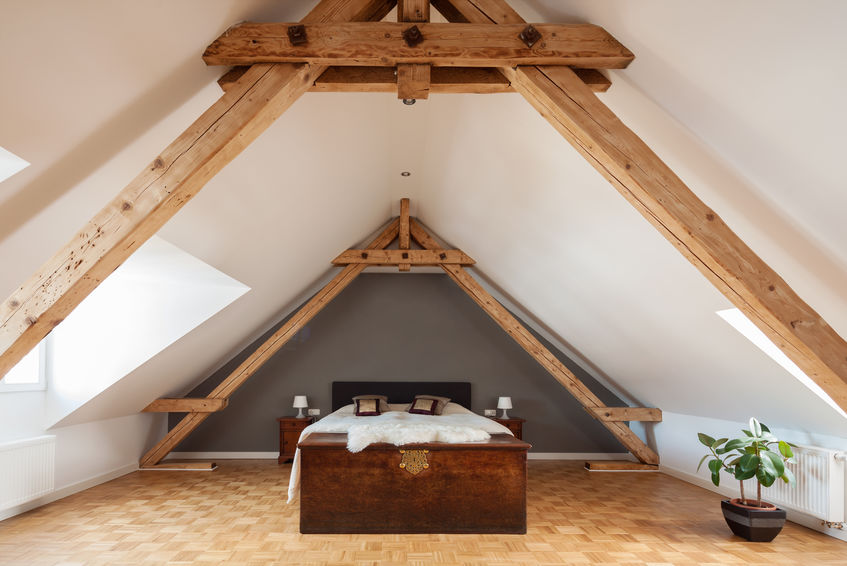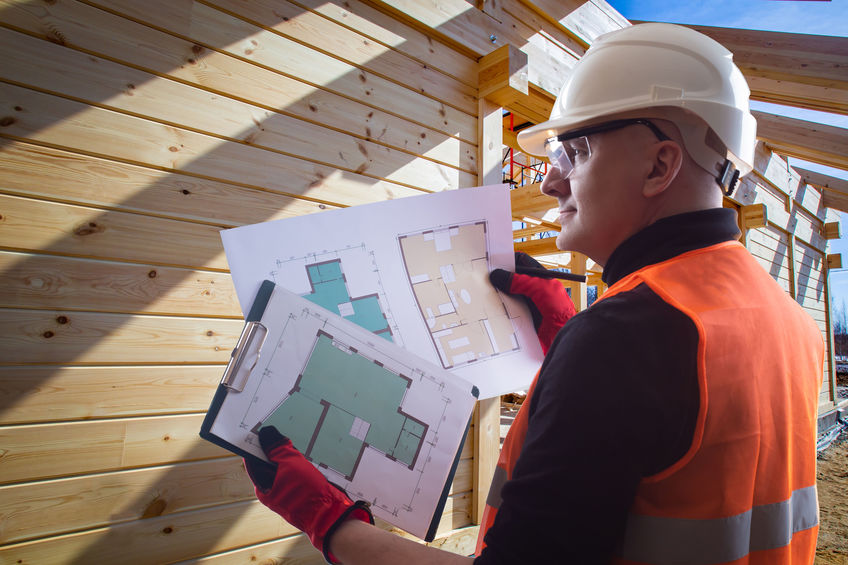Many people often ask if they need a party wall agreement for a loft conversion and other extension work on their property.
According to the Party Wall Act 1996, if you have any adjoining property, you should have a party wall agreement with your neighbours.
It is essential to know that the Party Wall Act 1996 applies to any work that will take place on shared structures.
Party walls are usually load-bearing walls; it is most likely that your extensions or loft conversions will need to require the use of that structure.
Since party walls don’t tend to have doors, windows or other openings, they tend to be the most robust option.
You will have a party wall agreement with all freeholders, leaseholders and other adjoining properties for any work you will undertake using these walls.
If you have a semi-detached property, you will only need to have a party wall agreement with your adjoining neighbour. For a terraced property, then you will need to have two party wall agreements.
In the case of a flat or apartment, you will need a party wall agreement for each of the neighbours that share a wall.
It is in the best interest of your project to notify your neighbours of your intent early on so that you can discuss this and ensure that your proposed loft conversion or extension can begin in a suitable manner.
Everything You Need to Get a Party Wall Agreement for Your Loft Extension
Now you know some of the reasons you will need a party wall agreement, it is essential to understand them in more depth.
What is a party wall?
When there is a wall that is shared by multiple parties, this is called a party wall. Most often, the term party wall is linked to adjoining houses, like semi-detached and terraced houses.
A wall may also be considered a party wall for ceiling and floors in the case of apartments and flats.
If damage to a wall could potentially damage the other owner’s properties that are classed as a party wall.
The Party Wall Act 1996
The Party Wall Act 1996 grants additional rights to the building owner beyond the usual scope of common law rights.
The Party Wall Act 1996 is designed to revolve any possible disputes between neighbours when work is undertaken on adjoining properties.
Legal processes are regulated by The Party Wall Act 1996, such as planning building works, timing, rights and duties of each party, and the effect it will have on the structures.
Building owners who wish to carry out any building work on party walls will be required to inform adjoining owners about the work – due to The Party Wall Act 1996.
What is a party wall agreement?
A party wall agreement is written consent by neighbours for all of the building work that will be carried out.
Neighbours might require that the timing or the manner in which the work will be undertaken to be changed to reach an agreement.
The Party Wall Act 1996 requires you to include the following information:
- Your name and address
- The address of the building that will be worked on
- A detailed description of what you propose
- Plans and drawings
- A proposed start date
You should be aware that you will likely need to cover the costs for any surveyors that your neighbours hire.
Do you need a party wall agreement for a loft conversion (can you do the conversion without an agreement?)

Any work that you intend to do on your home that involves a party wall will require a party wall.
Here are some examples of work that will require a party wall agreement:
- Demolishing a rebuilding part of the wall.
- Increasing the thickness or the thickness of the wall.
- Remove chimney breasts from the party wall.
- Insert damp course proof for the entire length of the wall.
There are some occasions that you will not need a party wall agreement if the work on your loft will not involve the party wall.
A party wall agreement is not needed when:
- The beam to support the loft conversion is placed over a column build for the sole purpose instead of inside the party wall.
- When the loft is built on a detached or stand-alone house
How to issue a party wall notice
The Party Wall Act sets out precisely what you need to do to serve a party wall notice. While there is no standard format, there is a standard set of information that you are required to include.
There are some variations of party wall notices:
- Section 1 notice: you will use this if you want to build on a boundary line.
- Section 3 notice: you will use this if you’re going to perform work on an existing party wall or party fence wall.
- Section 6 notice: if you wish to excavate within 3m of your neighbour and deeper than their foundations.
Your party notice agreement should include the following:
- The name and address of the people undertaking the work – name all building owners.
- Signed by the building owners or a representative
- Add the delivery date or the date it has been posted.
- Ensure that all adjoining owners receive the party wall notice
- Give a detailed rundown of the work that will be undertaken, plans and any drawings pertaining to the work.
- Give a date that you want to begin work.
The building owners or an authorised party wall surveyor can serve and sign on your behalf.
How long in advance should I serve the notice? The required time to serve the notice is at least two months. The notice will be valid for a year, so it is essential that you carefully plan when you are going to issue the party wall notice.
Party wall notices are better to be served to neighbours that you have a good relationship. Discussing your plans in advance of the notice can often ease the process.
If you do not know the name of the resident of the adjoining buildings, you can address the letter to The Owner of The Property as <insert correct address>.
What if the agreement is refused?
Once you have issued your party wall notice, your neighbours have a few options.
They may give consent in writing, they may refuse approval, or they may do nothing.
After 14 days, or if you get a refusal, this is now considered a dispute. A party wall award will be required, and surveyors will need to be appointed.
It is in your benefit to have an agreed surveyor. However, you may also choose to have a surveyor each.
If the two surveyors could not agree, they will appoint a third surveyor to make an award.
It is the surveyors’ role to ensure the matter is resolved most practically and fairly.
There may be occasions when your neighbours ask you to change the work dates or make some minor adjustments.
If your party wall notice is approved, you can proceed with your planned work. You are advised to assess the status of your neighbour’s walls so that you have evidence of their state of repair should a dispute arise later.
What is a party wall award? A party wall award is final documentation in the process. It ensures that all adjoining owners are adequate legally protected should any damage occur.
Where can you find a party wall surveyor?

If you are looking for a party wall surveyor, you can find an extensive list at The Faculty of Party Wall Surveyors. It covers England and Wales.
To find surveyors in your area, you will enter your postcode, and a list will be presented to you.
You will also be able to find a third surveyor or a mediator, depending on your circumstances.
See the Faculty of Party Wall Surveyors for more information.
Get More Information on Loft Conversions
A loft conversion is one of the best ways to add extra space to your home. They are cost-effective and can even add value to the property too.
A loft conversion should be one of the critical considerations when adding more space to your home, as typically, they are easy to convert.
When planning your loft conversion, you will be required to adhere to all building regulations, arrange for insulation and sufficient heating, and ensure adequate access to the space.
Loft conversions are one of Create Room’s specialities. We provide completely bespoke solutions for your loft conversion needs.
Create Room is registered with the Federation of Master Builders. We conform to all of the building regulations, and our work is carried out to an incredibly high standard.
Most often, for loft conversions, you will be required to have a party wall agreement. Our experienced Create Room surveyors can visit your property, discuss your ideas and get a better understanding of your needs. We will be able to tell you if you will need to have a party wall agreement.
Contact us today to discuss your loft conversion ideas.

